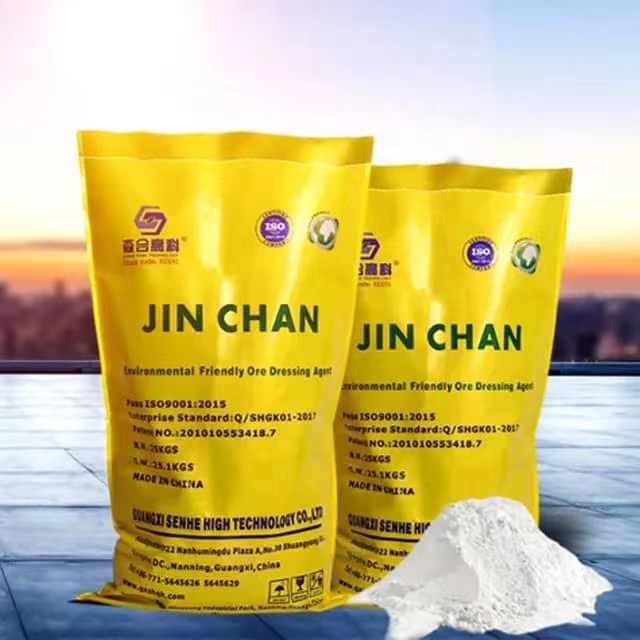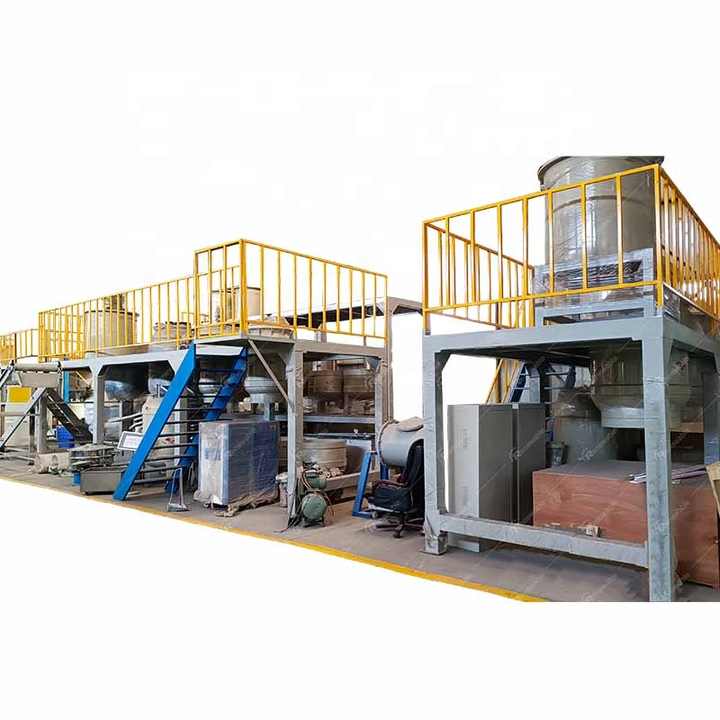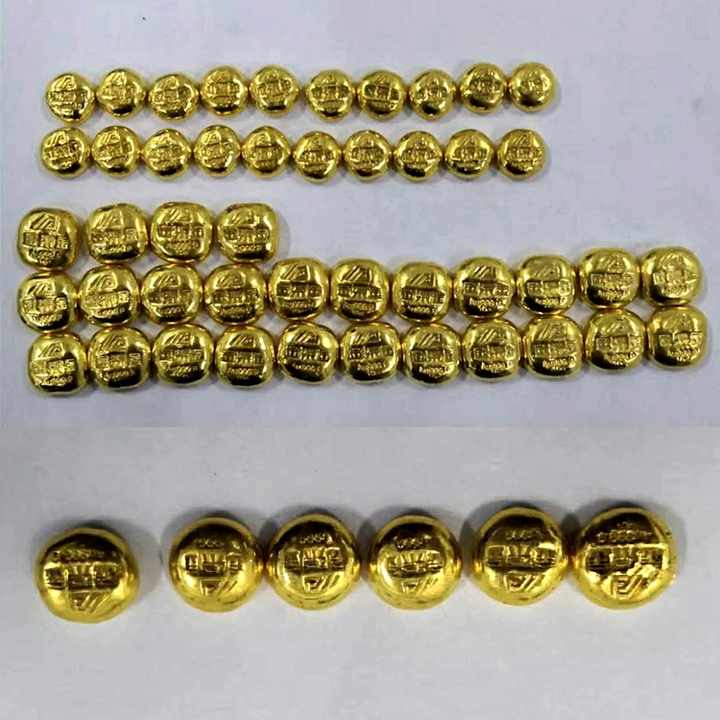Refining Scrap Gold At Home
Turning Scrap into Treasure: A Home Guide to Refining Scrap Gold
Gold has been a symbol of wealth and beauty for millennia, and even in its scrap form, it holds significant value. If you have old jewelry, broken electronics, or other items containing gold, refining them at home can be both a fun and profitable endeavor. This guide will walk you through the process, providing you with the knowledge and steps needed to turn scrap gold into pure, valuable metal. 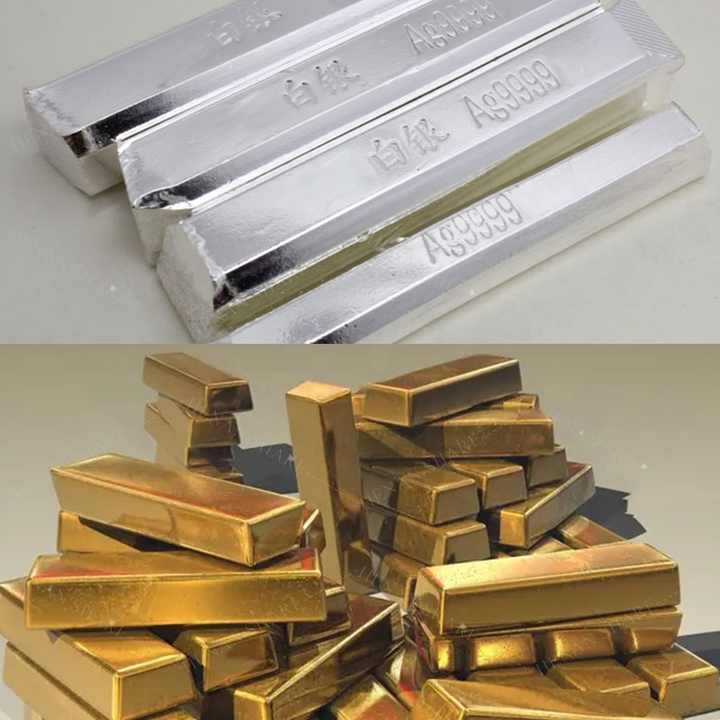
The Value of Scrap Gold
Scrap gold can come from various sources, including old jewelry, dental work, and electronic components. Despite being labeled as “scrap,” these items often contain high-quality gold that can be refined and sold for a substantial profit. For instance, 14-karat gold jewelry is 58.3% pure gold, while 24-karat gold is 100% pure. Understanding the karat value of your scrap gold is crucial for estimating its worth and determining the refining process.
Preparing Your Workspace
Before you begin refining, it’s essential to set up a safe and organized workspace. Here are the key elements to consider:
- Ventilation: Ensure your workspace is well-ventilated to avoid inhaling harmful fumes. Work outdoors or in a room with open windows and a fan.
- Protective Gear: Wear gloves, safety goggles, and a respirator to protect yourself from burns and chemical exposure.
- Tools and Equipment: Gather the necessary tools, including a crucible, a propane torch or furnace, tongs, a mold, and a scale for measuring.
- Chemicals: If you plan to use chemical refining, have aqua regia (a mixture of nitric and hydrochloric acids), sodium metabisulfite, and other necessary chemicals on hand.
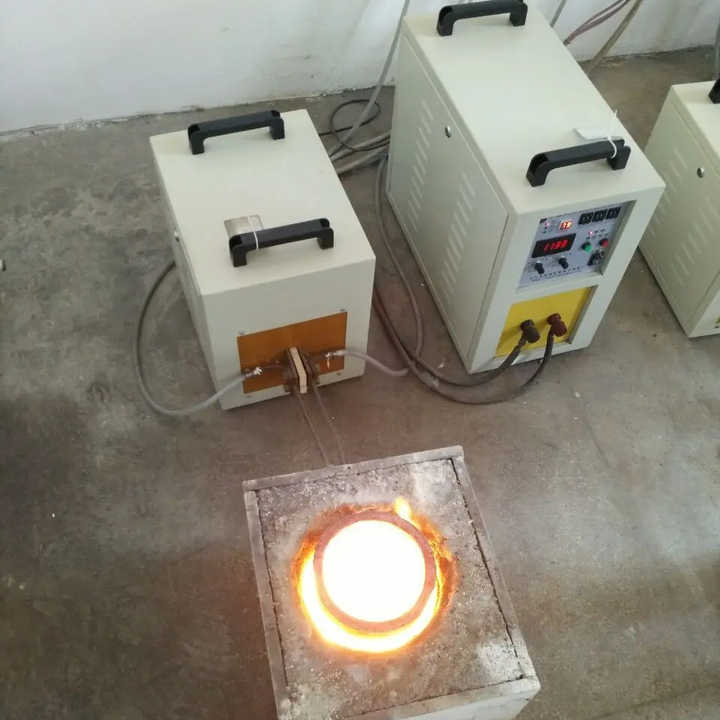
Method 1: Smelting Scrap Gold
Smelting is a traditional method of refining gold that involves heating the metal to separate it from impurities. Here’s a step-by-step guide to smelting scrap gold at home:
Materials Needed
- Crucible (a container that can withstand high temperatures)
- Propane torch or furnace
- Tongs and safety gear (gloves, goggles, respirator)
- Borax (flux to help separate impurities)
- Mold or ingot form
Steps to Follow
- Prepare Your Workspace: Set up your workspace with all the necessary tools and ensure proper ventilation. Wear your protective gear.
- Add Flux: Place the scrap gold and a small amount of borax in the crucible. The borax helps lower the melting point of impurities, making them easier to separate.
- Heat the Crucible: Use a propane torch or furnace to heat the crucible. Heat the gold and borax mixture until it reaches a molten state. This typically takes about 10-15 minutes at a temperature of around 1,064°C (1,947°F).
- Pour the Melted Gold: Using tongs, carefully pour the molten gold into a mold or ingot form. Allow it to cool and solidify.
- Clean the Gold: Once cooled, remove the gold from the mold. You may need to file or polish it to achieve a smooth finish.
Method 2: Chemical Refining with Aqua Regia
Chemical refining is a more precise method that uses aqua regia to dissolve gold and separate it from impurities. This method is particularly useful for small quantities of gold or when dealing with fine gold particles.
Materials Needed
- Aqua regia (nitric acid and hydrochloric acid)
- Glass beaker or container
- Stirring rod
- Filtration system
- Sodium metabisulfite or another reducing agent
- Distilled water
Steps to Follow
- Mix Aqua Regia: Combine one part nitric acid with three parts hydrochloric acid in a glass beaker. Always add the acids slowly and carefully to avoid splashing.
- Dissolve the Gold: Place the scrap gold in the aqua regia solution and stir gently. The gold will dissolve, forming a gold chloride solution.
- Filter the Solution: Use a filtration system to remove any undissolved impurities. This step ensures that only the gold chloride solution remains.
- Reduce the Gold Chloride: Add sodium metabisulfite or another reducing agent to the filtered solution. This will cause the gold to precipitate out of the solution, forming a solid.
- Wash and Dry: Rinse the precipitated gold with distilled water to remove any remaining chemicals. Allow it to dry completely before handling.
Safety Precautions and Tips
Refining gold, whether through smelting or chemical methods, involves handling potentially dangerous materials. Here are some essential safety tips to keep in mind:
- Wear Protective Gear: Always wear gloves, goggles, and a respirator to protect yourself from burns, chemical exposure, and fumes.
- Work in a Well-Ventilated Area: Ensure your workspace is well-ventilated to prevent the buildup of toxic fumes.
- Follow Chemical Safety Guidelines: Read and follow the safety data sheets (SDS) for all chemicals used in the process.
- Use Proper Equipment: Invest in quality tools and equipment to ensure safe and effective refining.
- Stay Informed: Continuously educate yourself on the latest refining techniques and safety practices.
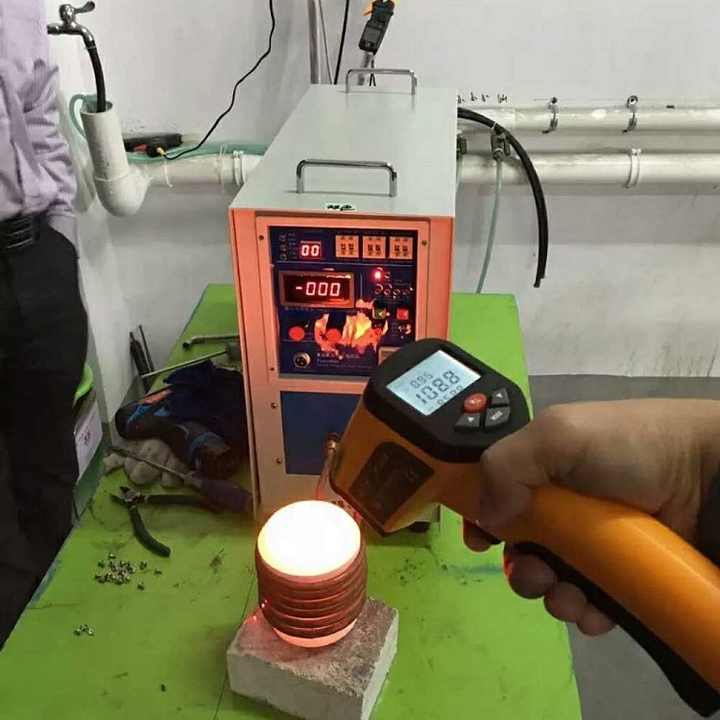
Maximizing Your Yield
To get the most out of your scrap gold, consider the following tips:
- Sort Your Scrap: Separate your scrap gold by karat value to ensure more efficient refining.
- Remove Non-Gold Materials: Before refining, remove any non-gold materials like plastic, rubber, or other contaminants.
- Test Your Gold: Use a gold testing kit to determine the purity of your scrap gold. This will help you estimate the yield and adjust your refining process accordingly.
- Practice Patience: Refining gold can be a slow process, especially when dealing with small quantities. Be patient and meticulous to ensure the best results.
Conclusion
Refining scrap gold at home can be a rewarding and lucrative hobby. By following the steps and safety guidelines outlined in this guide, you can turn your old gold items into pure, valuable metal. Whether you choose the smelting method or the chemical approach, the key to success lies in careful preparation, adherence to safety protocols, and a willingness to learn and adapt. Happy refining, and may your efforts turn scrap into treasure!










